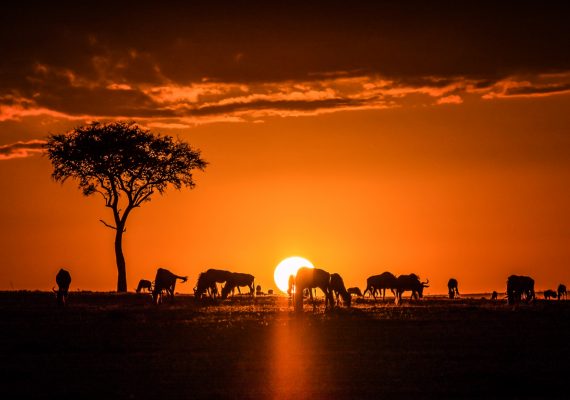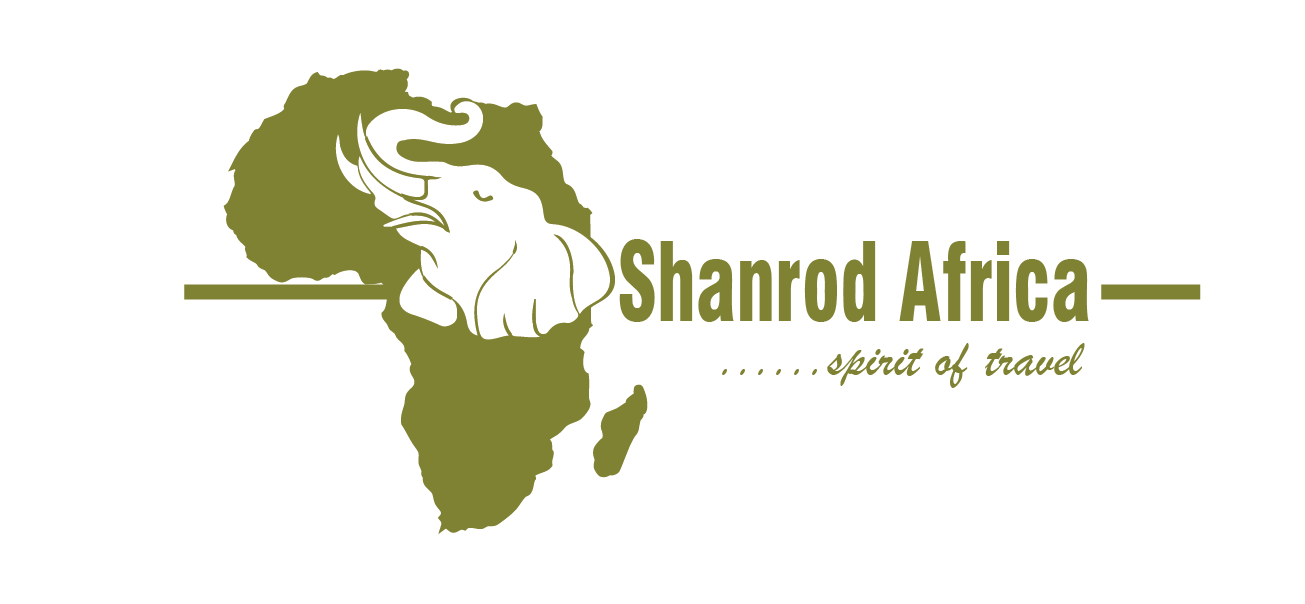Covering an area of 2850 km, the Tarangire National Park is named after the perennial river that runs through the heart of the park. The park is only a part of a greater eco-system incorporating Manyara National Reserve and community conservancies, known as Wildlife Management Areas.
Tarangire National Park boasts rolling hills, rocky outcrops, extensive swamps and Acacia woodlands as well as an unusually large number of huge Baobab trees. Because of the permanent, life-giving water flowing through the park by way of the Tarangire River, it has one of the highest concentrations of wildlife. During the dry season the Tarangire River becomes a sole source of water for many wildlife, and the area becomes host to a migration of animals seeking out the lush green pastures. During these months, the game viewing is exceptional with wildebeest, zebra, buffalo, eland, lesser and greater kudu to name a few, as well as the usual predators of lion, leopard and hyena. The park also has a very healthy population of elephant, with up to 3,000 in the park during the dry months.
It is also a bird watcher’s paradise with its more than 550 species of birds, the swamps supporting the largest number of breeding bird species to be found anywhere in the world.
Wildlife
It has been estimated that at the height of the dry season in October the density of large animals -elephant, buffalo, zebra, wildebeest, ostrich, giraffe, eland etc. is second only to Ngorongoro Crater worldwide.
This spectacle gathers around the scattered pools of permanent water along the Tarangire river bed, and also around Silale Swamp. Lion and leopard are frequently seen here as well. The huge baobab tree is characteristic of these savannas and have been described by naturalists as a complete ecosystem unto themselves; their nooks and crannies provide places for bee hives or are occupied by small mammals such as genet and civet cats, and their enormous flowers are pollinated by fruit bats.
Many baobabs are hollow and have provided shelter for wandering bands of hunter-gatherers in the past. Tarangire is one of the finest places in Tanzania to watch elephant and spending unhurried time in the presence of these intelligent giants, often from a vantage point at a waterhole or spring is one of the greatest pleasures of a wildlife safari- A favorite routine is to leave camp early with a picnic lunch and to select a spot overlooking the Tarangire River or a hinterland waterhole and watch wildlife come and go.
Tarangire is also one of the few places in Tanzania where one can find oryx, and more rarely gerenuk and both greater and lesser kudu, and even on occasions cape hunting dogs. It is also a birder’s paradise with more resident breeding species than anywhere else in Tanzania. Raptors are everywhere; from the masters of predation and soaring – the martial and bateleur eagles – down to the tiny but vicious pygmy falcon.
When to go
This is a year-round park with the distinct seasons offering different experiences, from dry and dusty with animals clustered around shrinking water holes and the trickle of Tarangire River, to the green season full of newborn animals and chattering birds.
Getting there
Air. There is an airstrip at Kuro in the center of the Park with daily scheduled flights to all main safari destinations in Tanzania.
Road. The journey from Arusha is on a good road and only takes about 1 ½ hours to the Main Gate in the north. For this reason, safaris often begin here.
There is also an entry gate at Boundary Hill on the eastern side of the Park to service people staying at camps and lodges in community areas outside the Park, and a gate at Sangaiwe on the western side with easy access from the main road to Dodoma.
Activities
- Game viewing by vehicle.
- Walking safaris with an armed guide.
- Night game drives
Safari ideas
Tarangire fits well into northern circuit safari itineraries. As a variation from more traditional itineraries the western Gate at Sangaiwe gives easy access to the southern entry to Lake Manyara from where a traverse of the Park leads to the village of Mto wa Mbu and from there on up through Karatu to Ngorongoro and the Serengeti.
Popular Tanzania Safaris







